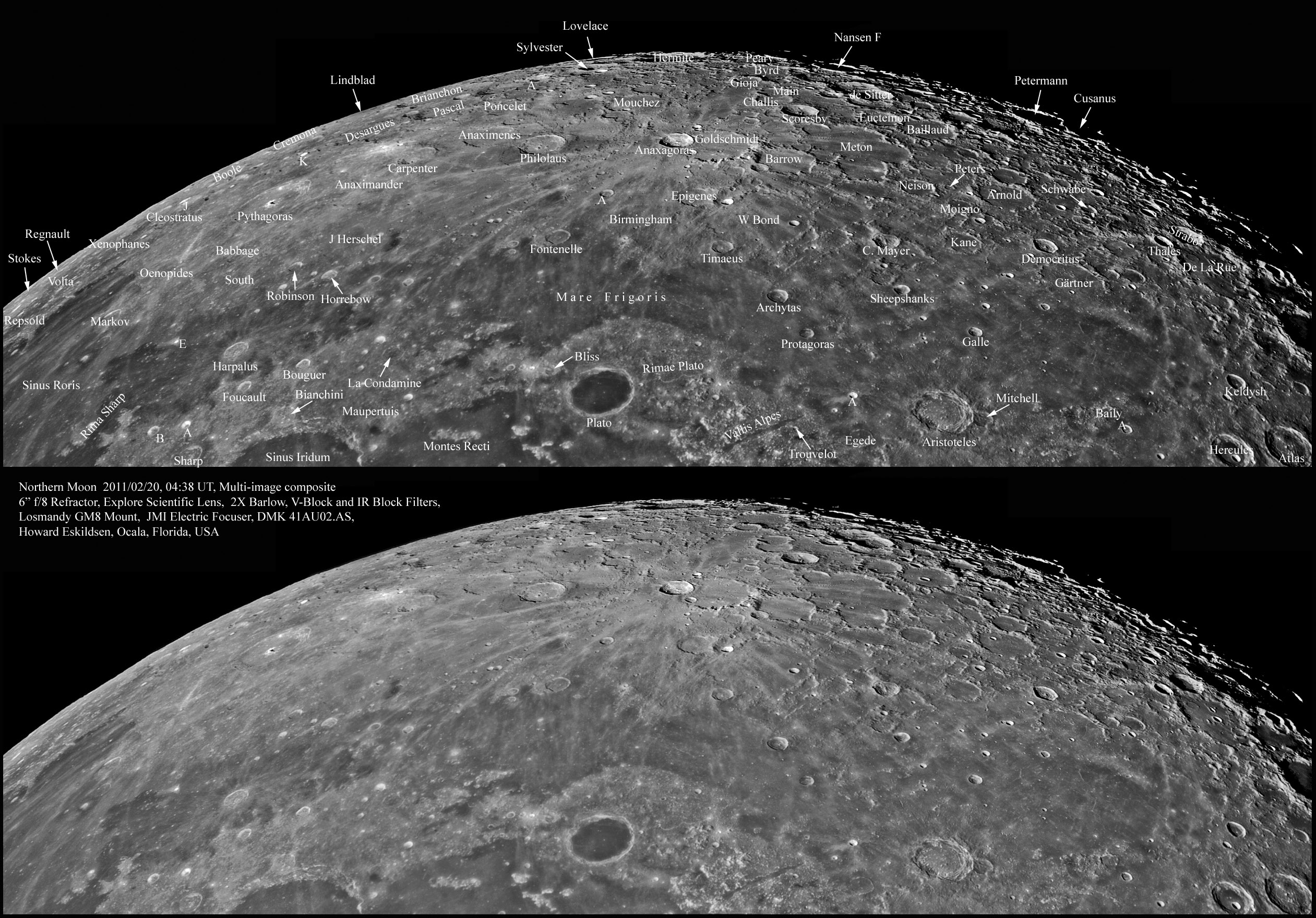Difference between revisions of "July 14, 2012"
| Line 18: | Line 18: | ||
<br /> | <br /> | ||
<hr /> | <hr /> | ||
| + | <!-- Removed reference to store page --> | ||
| + | </div> | ||
| + | ---- | ||
| + | ===COMMENTS?=== | ||
| + | Register, and click on the <b>Discussion</b> tab at the top of the page. | ||
| + | <hr> | ||
| + | You can support LPOD when you buy any book from Amazon thru [[Support_ LPOD|LPOD]]! | ||
| + | <span style="font-size:88%"> | ||
| + | <center> | ||
| + | Contributions to http://www2.lpod.org/ are licensed under a Creative Commons Attribution No-Derivative-Works Non-Commercial 3.0 License. [http://www.creativecommons.org/licenses/by-nc-nd/3.0 http://www.wikispaces.com/i/creativecommons/by-nc-nd_3.0_80x15.png]<br> | ||
| + | </center> | ||
| + | </span> | ||
Revision as of 19:10, 31 January 2015
Northern Exposure

image by Howard Eskildsen
Maps are essential to finding your way around a museum, a city or even a moon. There are more maps of our Moon
than of all the others combined, probably. Maps come in all sizes and styles and none is perfect. So make your own
for your particular needs. That is what Howard has done with one of his full Moon views of the north polar region. Such
high Sun lighting is the only time all of the near polar region can be seen at once, but the illumination makes it difficult
to appreciate the morphology of all the craters - one of the tradeoffs that maps require. But if you want to identify the
features when the Sun is high, or if you just want a neat poster, this map is for you.
Chuck Wood
Related Links
Rükl plate 3 and others.
COMMENTS?
Register, and click on the Discussion tab at the top of the page.
You can support LPOD when you buy any book from Amazon thru LPOD!
Contributions to http://www2.lpod.org/ are licensed under a Creative Commons Attribution No-Derivative-Works Non-Commercial 3.0 License. 



